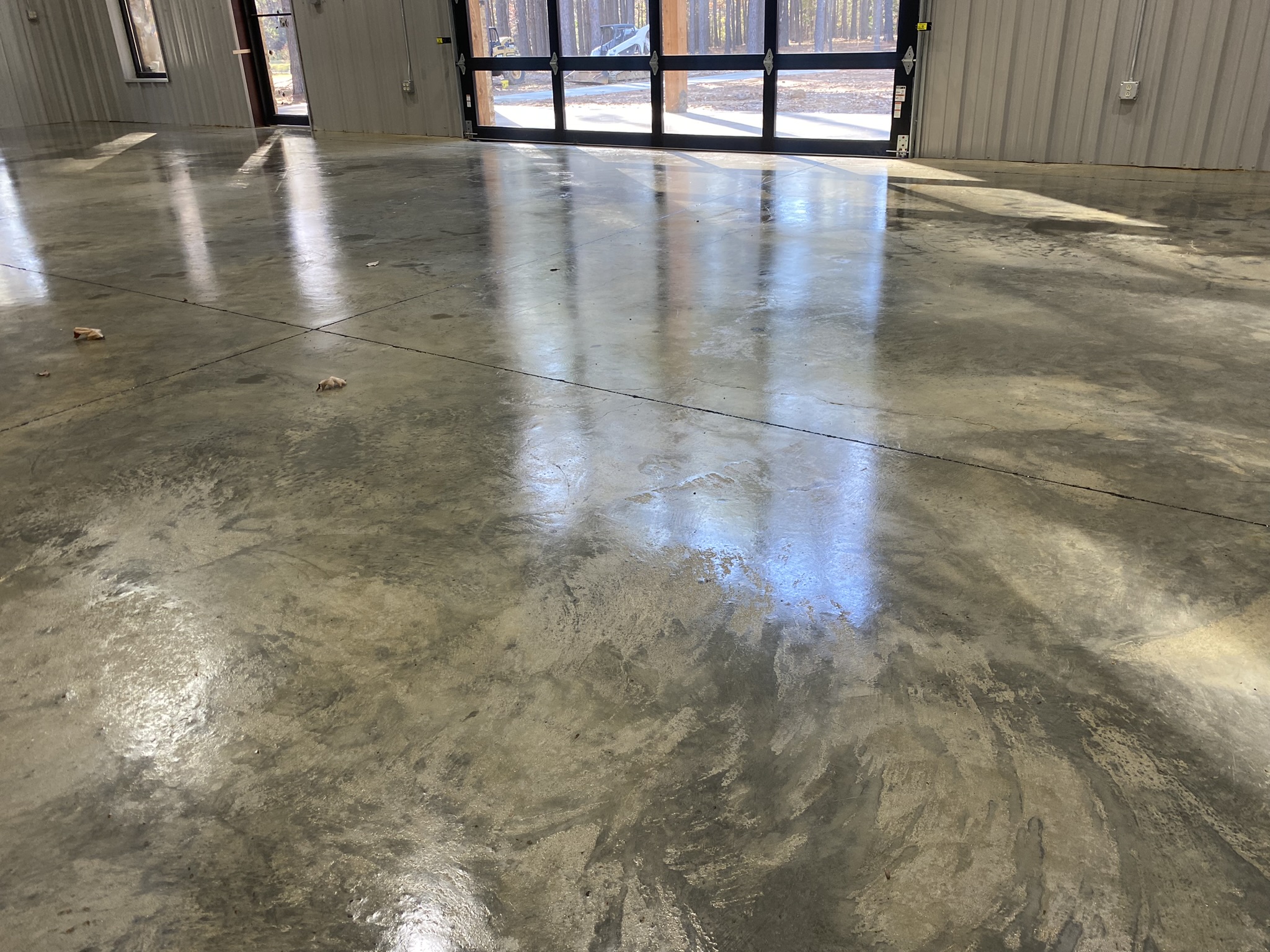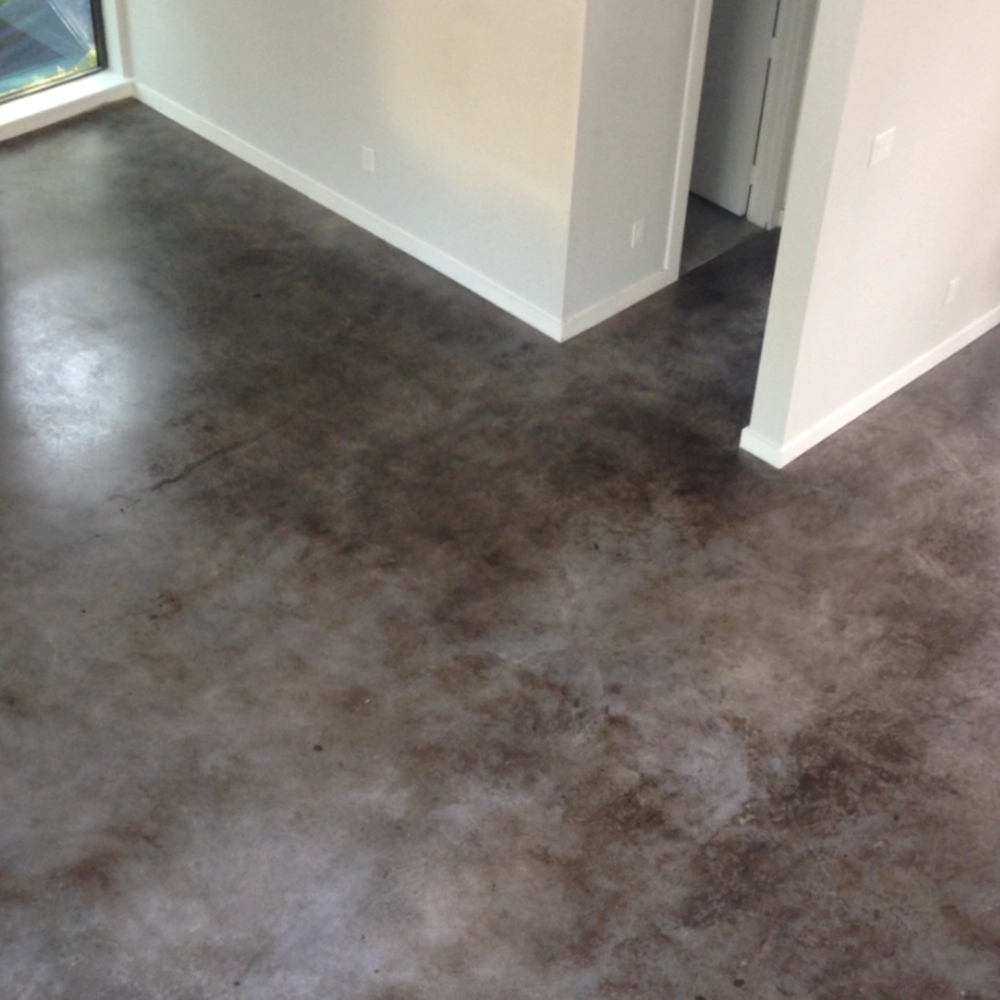Why Neighborhood Discolored Flooring Is the Perfect Selection for Sustainable Home Improvement
In the realm of sustainable home enhancement, local tarnished flooring has arised as a prominent selection among environmentally aware property owners. As an economical investment with decreased maintenance demands, it increases a thought-provoking inquiry: could this be the suitable service for lasting real estate?
Understanding the Idea of Regional Tainted Floor Covering
While the notion may appear novel to some, regional stained floor covering is an ingenious strategy to home enhancement that integrates visual appeals, resilience, and sustainability. The staining procedure not only enhances the natural beauty of the wood grain but likewise includes a layer of security, enhancing the long life of the flooring. Making use of local wood varieties typically sustains regional economies and promotes liable forest administration practices.
The Visual Appeal of Regional Tainted Flooring
Why is regional tarnished floor covering acquiring popularity for its appearances? The response exists in the unique appeal and personality it gives any area. Neighborhood tarnished flooring uses a varied variety of shades and patterns, reflecting the natural elegance and variations of the local wood species made use of. This produces an unique, individualized aesthetic that can not be duplicated by mass-produced options. In addition, the staining process improves the timber's innate grain and structure, including depth and splendor to the flooring's look. This rustic elegance flawlessly mixes with numerous interior decoration styles, from conventional to contemporary, making it a versatile choice for house owners. Ultimately, the appeal of regional tarnished floor covering depends on its capacity to change homes right into distinct, aesthetically appealing areas while promoting sustainability.
Environmental Effects of Local Stained Flooring
The environmental ramifications of neighborhood tarnished floor covering include 2 considerable factors: decreasing carbon impact and waste minimization benefits. Using locally sourced products for staining not just diminishes transportation discharges, yet additionally advertises lasting forestry techniques. In addition, the waste reduction element comes into play as these flooring types typically have a longer lifespan, decreasing the constant demand for replacements and the waste related to it.
Minimizing Carbon Footprint
As homeowners turn to even more lasting alternatives, local tarnished floor covering arises as a feasible remedy to lower carbon footprint. The procedure of discoloring the floor covering, rather than utilizing artificial coatings, involves fewer chemicals and much less energy-intensive procedures. Choosing for regional tarnished floor covering shows an efficient action in advertising ecological sustainability, highlighting a concrete means house owners can contribute to combating environment change from the convenience of their very own homes. Commercial Stained Concrete Floors.
Waste Reduction Benefits
Although frequently overlooked, waste reduction is another significant benefit of regional tarnished flooring. By picking this choice, home owners help in reducing the mass of waste headed to land fills. This floor covering type, generally sourced from regional timber, can be recovered, refinished, and recycled, including in its durability. Unlike artificial flooring, it doesn't contribute to the development of non-biodegradable waste. In addition, the staining process utilizes less resources and creates much less waste compared to producing brand-new floor covering products. Furthermore, any type of waste produced during the discoloration procedure is typically organic and eco-friendly, mitigating environmental damage. Therefore, the selection of local discolored floor covering not only enhances homes but also underpins a commitment to lasting living and waste reduction.
The Sturdiness and Upkeep of Neighborhood Stained Floor Covering

The Cost-Effectiveness of Regional Tarnished Floor Covering
While local tarnished flooring may originally appear a lot more pricey than other choices such as carpet or laminate, its durability and toughness promptly turn it into a cost-efficient choice. For homeowners looking for a sustainable, cost-effective remedy for their floor covering needs, local tarnished floor covering arises as an exceptional, long-term financial investment that pays off over time.

Real Life Instances of Sustainable Houses With Neighborhood Stained Flooring
In the world of lasting home enhancement, regional stained flooring has actually arised as a prominent choice. To better show its benefits, several the real world examples of green homes that have effectively incorporated this floor covering technique will certainly be highlighted. These study supply tangible evidence of the advantages and impact of using regional discolored flooring in lasting homes.

Showcase: Eco-Friendly Flooring Homes
Checking the globe, one can find numerous homes that personify the principle of environment-friendly living with the use of neighborhood tarnished flooring. In the heart of Denmark, a minimal home prides itself on its oak-stained floors, sourced and dealt with within the regional region. Throughout oceans in copyright, a modern-day house showcases its rich, maple-stained floor covering, a testament to the bountiful regional wood supply. Down under in Australia, a coastline house radiates with its eucalyptus-stained floors, reflecting the nation's native flora. These published here homes not just showcase the visual flexibility of neighborhood discolored flooring however additionally its contribution to read this a much more sustainable way of life. Each flooring narrates of respect for the atmosphere, proving that design and sustainability can undoubtedly exist side-by-side.
Local Discolored Floor Covering Advantages
The obvious allure of regional tarnished floor covering expands past its aesthetic allure, as it likewise supplies substantial benefits to both homeowners and the environment. This sort of floor covering is sourced and generated in your area, decreasing transport discharges and boosting the regional economic climate. The staining procedure utilizes natural, safe products, promoting interior air high quality and decreasing the home's environmental impact. In a sustainable home in Portland, Oregon, for example, regional discolored concrete floors not just improve the looks yet likewise act as thermal mass, soaking up heat throughout the day and launching it at night, reducing energy usage. An additional example is a green-certified home in Austin, Texas, where in your area sourced walnut was tarnished and utilized for flooring, adding to the home's LEED accreditation.
Verdict
In final thought, neighborhood tarnished floor covering is a lasting and feasible option for home renovation. With its special blend of ecological, cost-effective and aesthetic advantages, regional tarnished flooring is a clear selection for house owners seeking a lasting, affordable and aesthetically attractive home enhancement remedy.
In the realm of sustainable home renovation, local discolored floor covering has emerged as a preferred choice amongst environmentally mindful home owners. Local stained flooring supplies a diverse variety of patterns and shades, mirroring the all-natural elegance and variations of the local wood types utilized. The option of regional tarnished floor covering not just improves homes yet additionally underpins a dedication to lasting living and waste decrease.
For homeowners looking for a lasting, affordable remedy for their floor covering needs, local stained flooring emerges as a superior, lasting financial investment that pays off over time. Best Stained Concrete Austin.
With its one-of-a-kind mix of environmental, visual and economical benefits, neighborhood discolored flooring is a clear selection for house owners looking for a sustainable, visually appealing and cost-efficient home enhancement solution.